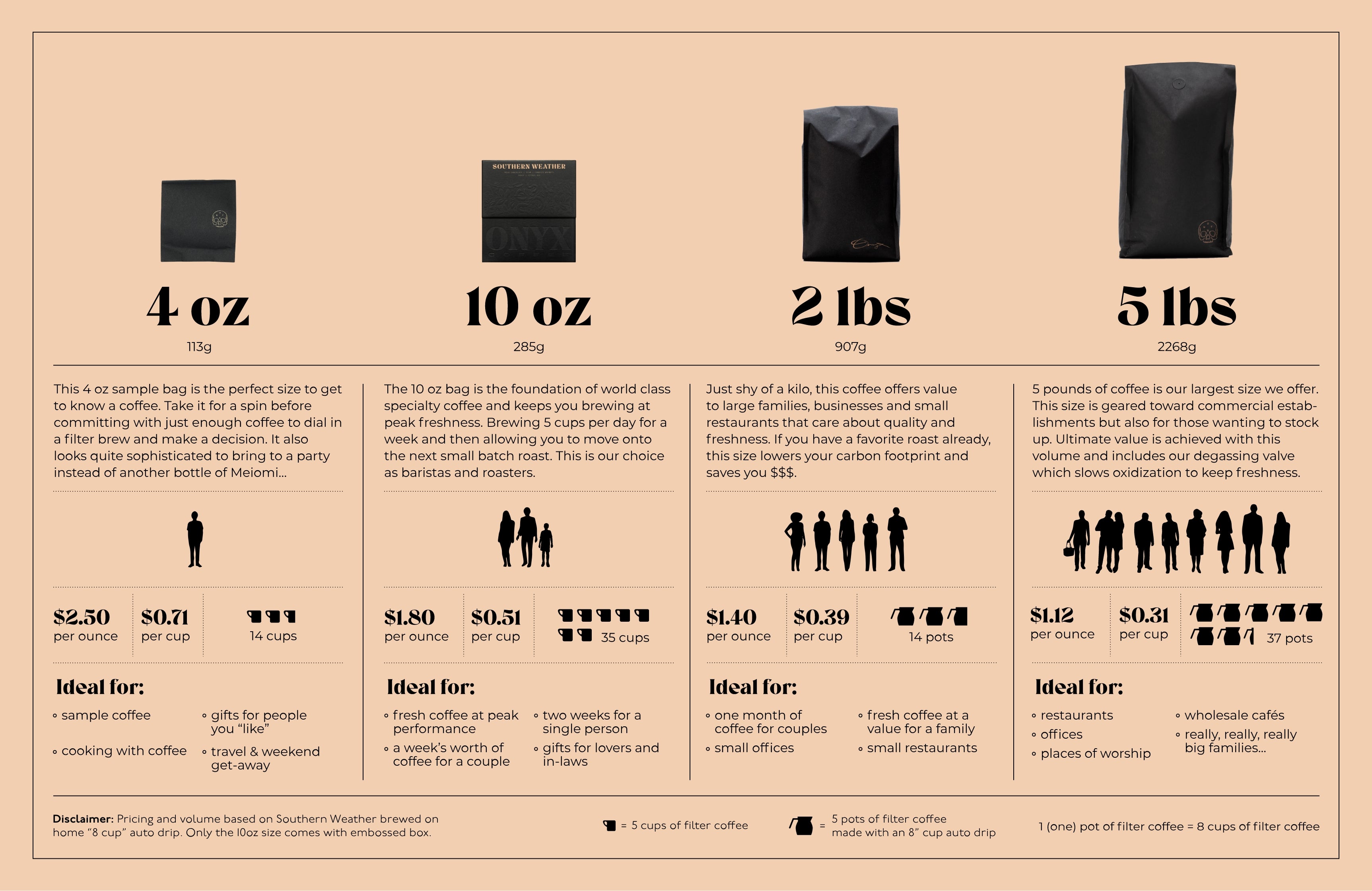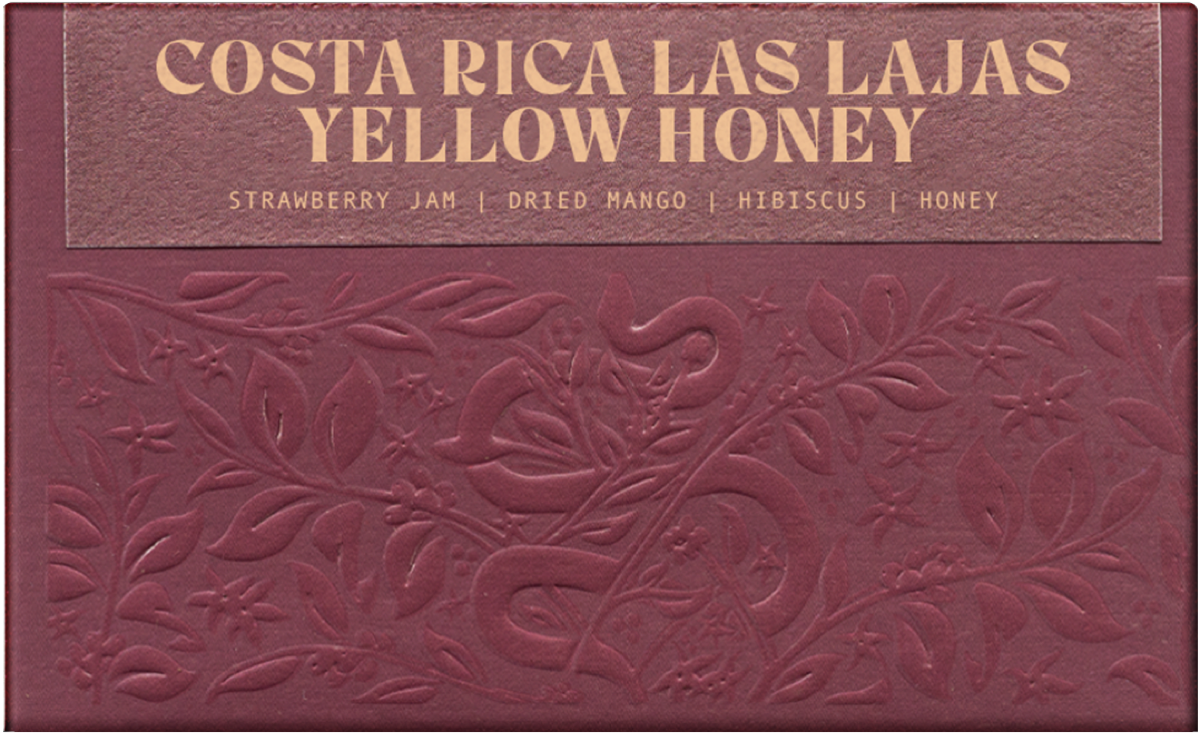Story
The Las Lajas micromill is located in the Sabanilla de Alajuela region of Costa Rica. Francisca and Oscar Chacon greet you in the driveway with huge smiles and a willingness to show you their stunning farms. Their pride is evident as they show you each immaculate step the coffee goes through. It all starts with their farming practices; Las Lajas is a certified organic farm. These third-generation producers focus on preserving the environment while maintaining the highest quality coffee. Their micromill is immaculately clean, keeping the processing standards they are well known for; the Chacons were some of the first to do high-quality naturals and honeys in Central America. Going into the 2020 harvest, they completed a renovation of their mill, complete with a corkscrew conveyor belt that transports depulped coffee to a custom trailer, which transports it to their drying facility. Strict size and density separation happen at the mills, even the naturals are passed through the mill to separate the less ripe and small size cherries after selective harvesting.
The last step of quality and care takes place on the drying patios and beds. This is where we believe Las Lajas is truly advancing coffee. Oscar told us that he strives to focus on drying the green coffee the same as a roaster focuses on roasting by paying close attention to curves and data. They have become so precise in their processing that they have been able to produce several offerings under various monikers; this particular coffee is their Yellow-Honey Diamond. This is a honey-process coffee by which coffee is depulped, then added to the drying patios in a large pile to increase activity in fermentation. As the coffee dries, it is piled up, and then flattened out to slow the process.
HONEY PROCESSED COFFEE
Honey processed coffees are tricky. Oftentimes the result of this process ends up being the same as if they were washed, but other times they end up much worse. The process begins much like washed coffee, where the cherries are depulped, but then the process is halted. Instead of sending the seeds to the fermentation tanks where yeast and microbes break down the sticky mucilage, the honey processed coffee is sent straight to the drying bed, where they’re pop dried with the mucilage left on. This leaves some of the fruit left partially on, ideally imparting some sucrose and fructose as it continues to ferment. (slowly, in this case.) Honey process gets its name from the sticky fruit left on the outside of the seed, but it is easier to think about when it’s referred to as a ‘pulped natural,’ or even ‘partially washed.’ Differing levels of fermentation and even the type of depulper used to strip the cherry from the seed can influence the color of the dried coffee. As the process's popularity has spread, new names for the levels of processing have spread with it. You will see the levels generally follow the trend from white honey, all the way to black honey.
White honey usually follows the trend that most of the mucilage is removed, followed by a light and short fermentation with rigorous movement during drying. This exposes most of the parchment on the seed, which is a yellow to white color.
Yellow honey has a bit more mucilage left on the seed, as well as a bit more activity in fermentation. The mucilage left on will turn a golden yellow color as the oxidation of fermentation takes place. These are usually shade-dried and turned just a few times per day of drying.
Red honey has much of the seeds mucilage left on, with just the thin cherries skin removed during depulp. Heavily laden drying beds or patios become difficult to turn with the large mass of sticky fruit and seeds, which creates the perfect conditions for slow oxidation and lots of microbial activity. All this activity, combined with the fruit left on the outside of the seed, turns the dried parchment a rusty red color.
Black honeys are considered the most ‘fermented’ of the honey process. This is when the terroir of the coffee takes a bit of a backseat, as the sugars from the fruit ferment and impart a winey flavor and heavier texture to the cup. Black honey coffees are seldom moved on the drying patios or beds, where they are fermented for extended periods of time. During this slow fermentation, the mucilage goes through all the phases listed above, before it transitions from a rusty red to a red-black color.



